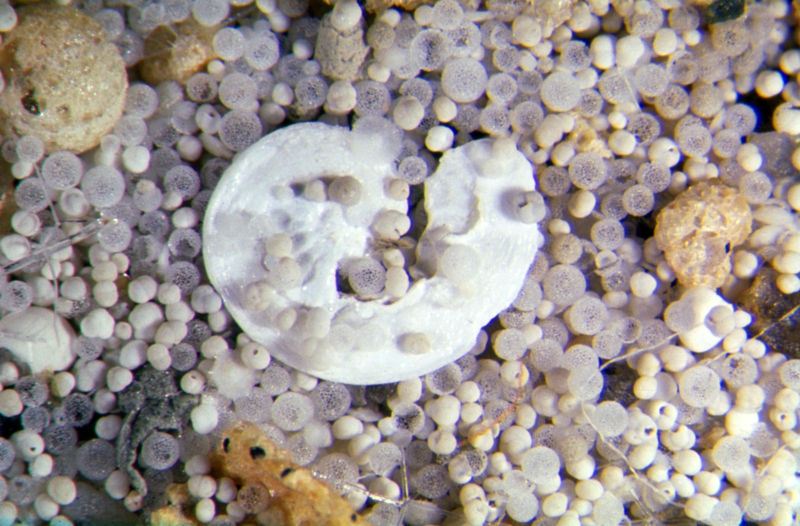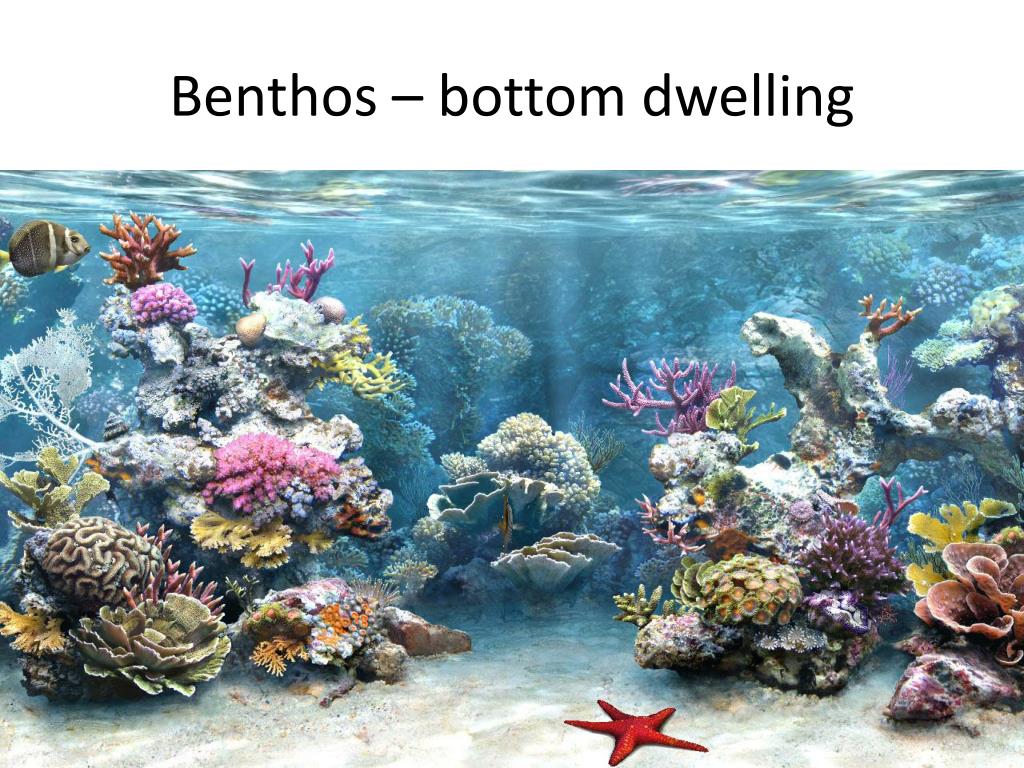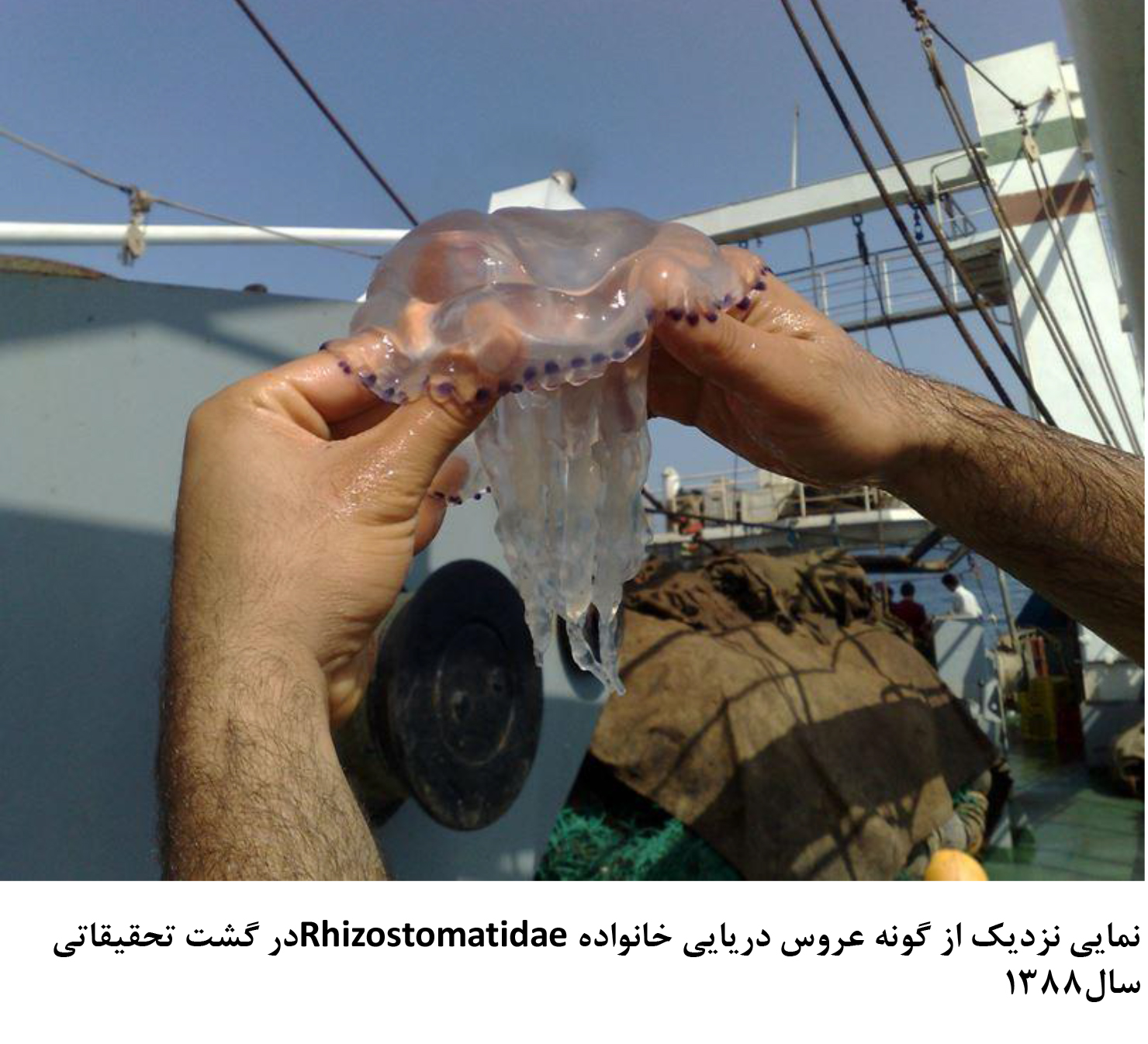


Zooplankton, small fish, crustaceans, etc. They complete their physiological process by absorbing the food energy that producers produce. Primary consumerĪnimals that are directly dependent on producers for food are the primary consumers. This phytoplankton after using the generated food energy for their own work, transfer the remaining energy to the next level (2) & (5). They convert solar energy into chemical energy while making food with the help of sunlight. They make food in the process of photosynthesis with the help of sunlight. These ocean producers can produce their own food. are the producers of the ocean food chain. Also some types of algae, seaweed, unicellular plants, bacteria, etc. Sometimes the diameter of the phytoplankton is more than 3 mm. They usually range in diameter from 0.06 mm to 3 mm. These phytoplankton floats on the ocean surface. The phytoplankton is the main producer of the ocean food chain. And the autotrophic organisms are called producers. This food layer is called the producer level. The first food layer of the ocean food chain is made up of autotrophic organisms.

The ocean food chain also has several trophic levels. Like the food chain structure of each ecosystem, the food chain of the ocean ecosystem has a specific structure. Some of these animals live by digging holes in the deep ocean (5). Organisms such as limpets, corals, crabs, shrimps, flatfish, etc. Among the mammals, seals, whales, dolphins, etc. Some seabirds are good at swimming and live on the surface of the ocean. On the other hand, low altitude fish lay their eggs under the sea and maintain the eggs. High- altitude fish lay their eggs in the open sea but do not try to maintain them. Seasonal migration can be observed in some species. Some species of fish live together in groups. Among the fishes, herring, sardines, anchovies, etc. This layer is made up of Mollusca, fish, turtles, seabirds, various mammals, etc. They range in diameter from 0.06 mm to 3 mm. and several types of protozoa belong to this class. Bacteria such as diatoms, unicellular algae, cocolithopthores, etc. These are of three types according to shape (4) & (5). Their mobility is determined by the direction of ocean currents. Planktons are tiny creatures that float on the surface of ocean water. Some of the characteristics and locations of these ocean organisms are described below (2) & (4). These living organisms survive on each other and thus controls the ocean food chain.

These living organisms are divided into three parts known as plankton, nekton, and benthos. The food chain of the ocean is formed with different weeds, different creatures, etc. The combination of many food chains with the environment can be seen here (1). The nature of the ocean food chain is very complex. Ocean food chain is a periodic process by which the food energy is transported from microscopic plants (phytoplankton) to large aquatic animals (big fish) in the ocean ecosystem. This flow is called the food chain of the ocean. In the ocean ecosystem, food energy is transferred at a declining rate from the lowest trophic level (producer) to the highest trophic level (decomposer) among the various food and consumer groups. The ocean food chain is discussed below (2) & (3). These species make up the ocean food chain. The biodiversity of these oceans is very high, as it is home to millions of aquatic plants and animals. The temperature and salinity of ocean water vary based on depth. About 70% of the earth’s surface is covered by oceans and these oceans are extremely large and deep. There are a total of five oceans on this planet. The total volume of all oceans is about 15 times that of land. The ocean ecosystem is the largest of all the ecosystems in the world and is located in the largest surface area of the world.


 0 kommentar(er)
0 kommentar(er)
